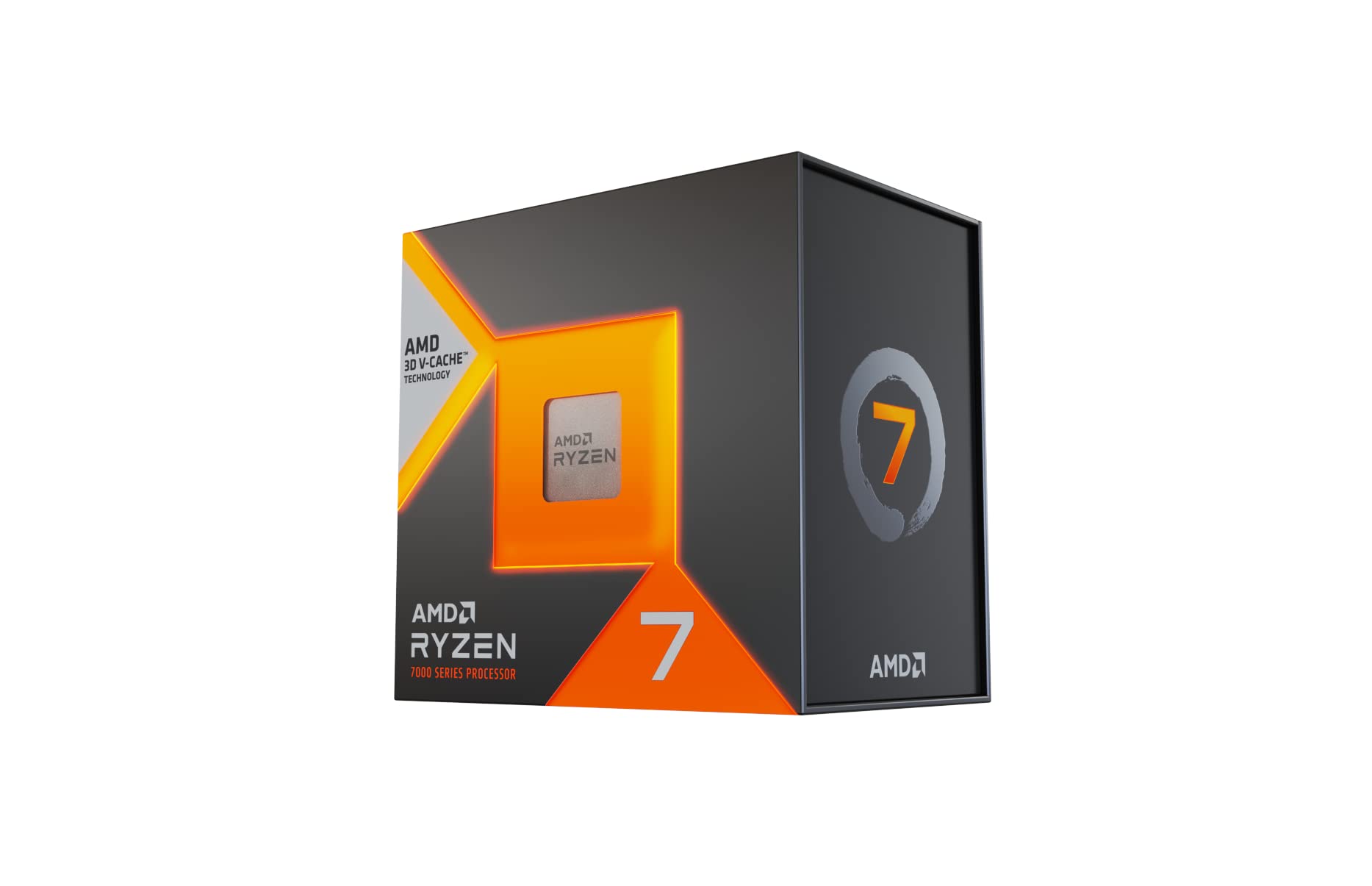AMD’s Ryzen 7000X3D processors are designed and marketed for gamers. While the Ryzen 9 7900X3D/7950X3D may appeal to content creators, the 7800X3D is squarely meant for PC gamers. A while back, we tested the 7950X3D, comparing it to the Core i9-13900K. The result was pretty much a tie. In this one, we’ll test the Ryzen 7 7800X3D, comparing its performance to the 13900K, with and without ray-tracing.
Test Bench
- Motherboard: ASUS ROG Maximus Hero Z790/X670.
- Memory: 16GB x2 DDR5 6,000MT/s CL38.
- GPU: NVIDIA GeForce 4090 24GB FE.
- Power Supply: Corsair RM1000E.
AMD Ryzen 7 7800X3D vs Intel Core i9-13900K Gaming Benchmarks
The Core i9-13900K marks its first win in “A Plague Tale: Requiem”. The Ryzen 7 7800X3D isn’t far behind with an average delta of just 5%.

Looking at the frametime data, you can see that the Ryzen 7 7800X3D has fewer spikes, resulting in a smoother gameplay experience.

Assassins’ Creed Valhalla is the opposite, granting the Ryzen 7 7800X3D a slim lead with notably higher lows.

All recent Assassin’s Creed games exhibit the following stuttery behavior on even the fastest CPUs. And it’s still not fixed.

Cyberpunk 2077 has gone from the worst-optimized to the most-optimized title within a year. The Core i9-13900K is the clear winner here with a lead of 20%.

The frametime data indicates a bit of stuttering on the Ryzen side towards the end of the benchmark. The 13900K has similar but smaller spikes.

Dying Light 2 is a tie between the two processors. However, the Ryzen 7 7800X3D registers notably higher lows.

The frametime graph produces an extremely clean line for the 7800X3D with spikes that reflect the change in the scene.

F1 2022 favors the Ryzen 7 7800X3D with a paltry 6% lead over the 13900K. The latter also exhibits a fair bit of stuttering through the course of the benchmark.

The worse lows on the Core i9 are represented by the periodic spikes on the frametime data below:

Ghostwire Tokyo marks another win for AMD. However, the Core i9-13900K offers a smoother experience in comparison.

Both the CPUs face slight micro-stuttering, but the 7800X3D is more affected by it.

Hitman 3 is a big win for the Ryzen 7 7800X3D, with a lead of 75% on average. Even the frametime graphs look much better for the X3D while the Core i9-13900K produces a bit of a mess.


Hogwarts Legacy is another game that runs exceptionally well on the 7800X3D. We’re again looking at a 70%+ lead with notably smoother frametimes.

The frametime graph of the 7800X3D is interesting. It looks almost like there’s almost a cap keeping the frametimes limited to 5ms. In comparison, the 13900K faces a fair number of spikes.

Shadow of the Tomb Raider goes the V-Cache way, with a 49% lead over the Core i9-13900K. The lows don’t look any good either for the Core i9 either.

However, a look at the frametime graph reveals more consistent frame-pacing for the Intel part.

The Callisto Protocol is an AMD partner title, and yet the Core i9-13900K manages a strong win with similar lows. The frametime graphs of the two CPUs are almost identical.


Tiny Tina’s Wonderlands is the final rasterized benchmark, and it also runs better on the Ryzen 7 7800X3D. The 13900K is a bit over 10% slower than the Ryzen with notably worse lows and a messy frametime graph.


Overall, that’s seven wins for the Ryzen 7 7800X3D and four for the Core i9-13900K in rasterization. Onto ray-tracing now.
